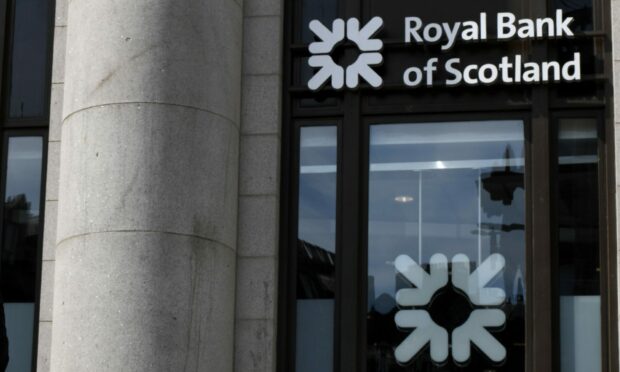Business growth in Scotland has slowed to its weakest rate in 17 months as the cost of living crisis hit company order books, a new report has found.
The latest Royal Bank of Scotland Business Activity Index found businesses continued to struggle with sharply rising input costs which in turn caused them to charge more for goods and services in the month of July.
Rocketing prices were driven by higher commodity prices, Brexit, and the war in Ukraine, respondents said.
Moreover, new business at Scottish private sector firms fell for the first time since March 2021.
Additionally, Scottish private firms were less upbeat than the average UK business.
The pace of cost inflation in Scotland was also slightly faster than that observed across the UK as a whole.
What does PMI data for July reveal?
Sector data showed that weakness mostly came from the manufacturing sector, though service providers in the Scotland saw rates of growth for both output and new orders weaken since June.
Panellists linked the decline to reduced customer spending amid the cost of living crisis and rising economic uncertainty.
Input costs rose sharply across Scottish private sector firms during July, stretching the current bout of input price inflation to 26 months.
For the twenty-first successive month, private sector firms in Scotland raised their charges for goods and services in July.
The Royal Bank report found Scottish private sector firms raised their employment levels in July, although the rate of job creation was the slowest in 15 months, the bank said.
Of the 12 monitored UK regions, Scotland reported the softest increase in staffing levels in July, while the North East of England was the only region to register job losses.
Nevertheless firms still highlighted difficulties finding staff amid labour and skill shortages and a competitive labour market.
The research reflects sentiment in the weeks before the Bank of England issued a stark warning on Thursday that the UK faces an outright recession and 13% inflation – the highest for more than 42 years.
The central bank made the grim prediction as it raised interest rates from 1.25% to 1.75%, the biggest increase for 27 years. The move, aimed at controlling runaway inflation, puts further pressure on mortgage holders.
Royal Bank of Scotland Scotland board chair Malcolm Buchanan said: “The Scottish private sector lost growth momentum for the third month running during July.
“Activity levels were broadly unchanged as the post-pandemic rebound continued to fade and firms faced intense cost pressures and greater economic uncertainty.
“Manufacturing firms in the region noted sharp declines in production and new orders, while service providers reported only mild expansions in activity and sales.
“Encouragingly, employment continued to rise, extending the current period of job creation to 16 months. That said, the rate of payroll growth was the softest seen since April 2021.
“While there were signs that price pressures have peaked, costs continued to rise sharply overall.
“Along with signs of weakening demand, an uncertain economic outlook and the cost of living crisis, a number of firms expressed concerns around the outlook and fears of a recession in the year ahead.”












Conversation